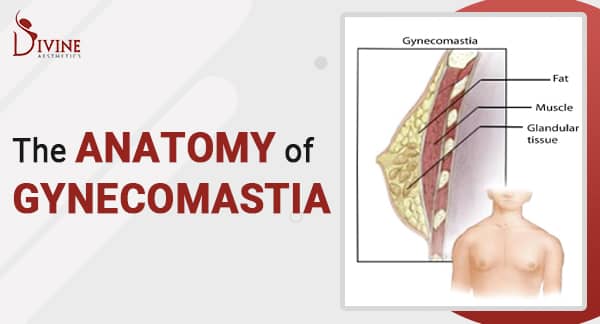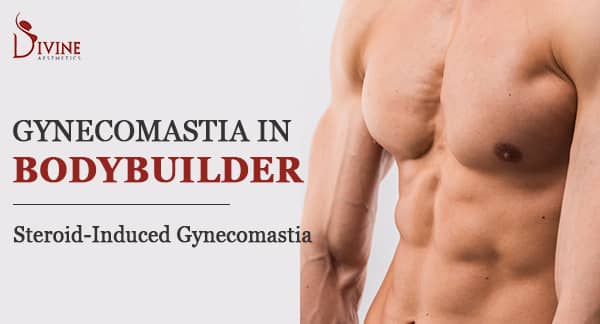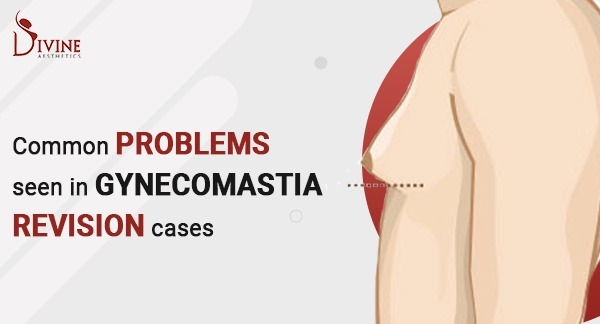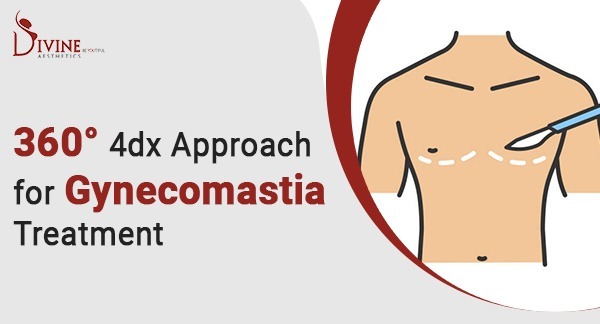Gynecomastia is a condition characterized by the development of enlarged breast tissue in males. It is often associated with physical and psychological discomfort. Are you wondering whether you have this condition or not?
To answer the question properly, you need to understand the underlying anatomy of this condition. Keep reading this blog to find out this information today.

The Basics of Male Breast Anatomy
Before diving into the specifics of gynecomastia, let’s establish a foundation by understanding the basic anatomy of the male chest.
- Glandular Tissue: The male breast contains glandular tissue, which consists of lobules responsible for milk production. While males typically have less glandular tissue than females, it is still present.
- Fat Tissue: Surrounding the glandular tissue is adipose, also known as fat tissue. This fat provides padding and insulation to the chest.
- Nipple and Areola: The nipple and areola are located at the center of the breast. These are often the most visible components of the breast.
- Ductal System: The ductal system in the male breast consists of ducts that carry milk from the lobules to the nipple. These ducts are typically smaller and less developed than in females.
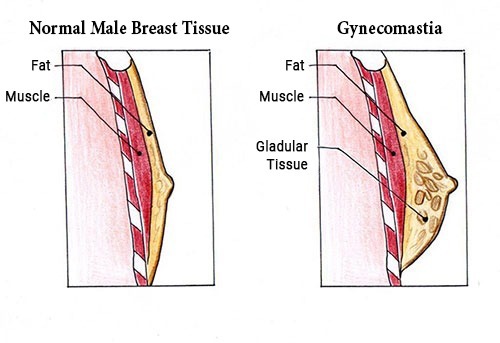
male breast anatomy vs normal chest
Understanding Gynecomastia Biology
Gynecomastia occurs when there’s an imbalance in the ratio of glandular tissue to fat tissue in the male breast. This imbalance results in the overdevelopment of glandular tissue, causing the breast to appear enlarged. To understand this better, let’s examine the anatomy of gynecomastia in more detail:
- Glandular Tissue Proliferation: Gynecomastia is often the result of the proliferation of glandular tissue within the male breast. This can happen due to hormonal imbalances, medications, or other medical conditions.
- Excess Fat Accumulation: In some cases, gynecomastia may involve the accumulation of excess fat tissue in the breast, which further contributes to its enlargement.
- Nipple and Areola Changes: The nipple and areola can also undergo changes in size and position, which are associated with the enlargement of the underlying breast tissue.
Download Gynecomastia E-Book
The Role Of Hormones In Gynecomastia
Hormones play a critical role in gynecomastia. The male body typically has a balance of two primary hormones: testosterone and estrogen. While testosterone promotes male characteristics, including muscle growth and hair development, estrogen is primarily responsible for female traits, including breast development.
In gynecomastia, there’s an imbalance in these hormones. This can occur due to various factors, including:
- Puberty: During puberty, hormonal fluctuations can lead to temporary gynecomastia in some males. This usually resolves on its own.
- Aging: As men age, testosterone levels may decrease, and the relative influence of estrogen can increase, potentially contributing to gynecomastia.
- Medications: Certain medications, such as those for heart conditions, mental health issues, or prostate problems, may affect hormone levels and lead to gynecomastia.
- Medical Conditions: Conditions like liver disease, kidney disease, or tumors that impact hormone regulation can also be associated with gynecomastia.
Book an appointment with Dr. Amit Gupta
Different Types of Gynecomastia
The anatomy of gynecomastia isn’t one-size-fits-all. In fact, there are different types of gynecomastia that can result in biological implications in unique ways. Here are some common types:
- True Gynecomastia
This type involves the proliferation of glandular tissue, resulting in a rubbery or firm mass beneath the nipple. It can affect one or both breasts.
- Pseudo-Gynecomastia
Pseudo-gynecomastia primarily involves the accumulation of excess fat tissue without significant glandular proliferation. It often presents as a soft and fatty enlargement of the breast.
- Asymmetrical Gynecomastia
Some individuals may experience gynecomastia in one breast but not the other, leading to an asymmetrical appearance.
- Unilateral Gynecomastia
This type involves gynecomastia in only one breast.
Understanding the type of gynecomastia an individual has is vital in determining the most suitable treatment and surgical approach.
How Is Gynecomastia Diagnosed?
Diagnosing gynecomastia typically involves a combination of a physical examination, medical history assessment, and sometimes additional tests. The goal is to rule out any underlying medical conditions that could be contributing to the breast enlargement.
A plastic surgeon may also conduct blood tests to assess hormone levels and may recommend imaging studies like mammograms or ultrasounds to evaluate the glandular and fatty components of the breast tissue.
Some Common Treatment Options
Depending on the type of gynecomastia and its severity, the treatment of gynecomastia can be decided. A few primary treatment options are mentioned below.
- Observation: In some cases, especially during puberty, gynecomastia may resolve on its own, and observation is all that’s required.
- Surgery: Surgical options, such as liposuction or surgical excision, are effective in treating gynecomastia. The choice of surgery depends on the type and extent of gynecomastia.
Why Choose Divine Cosmetic Surgery?
Divine Cosmetic Surgery is India’s most trusted plastic surgery center. It is headed by Dr. Amit Gupta who is also the founder and head plastic surgeon. Dr. Amit Gupta comes with 20+ years of experience and provides his patients with international-standard treatments in India.
So, what are you waiting for? Schedule a consultation with Dr. Amit Gupta to get treatment for gynecomastia. You can also watch this video to find out the type of results that Dr. Amit Gupta has provided to his patients.
Conclusion
Understanding the anatomy of male breast / gynecomastia is the first step in addressing this condition. Gynecomastia is a complex and challenging condition, but it can be effectively managed and treated.
Whether through observation or surgery, individuals with gynecomastia have options to help them achieve the chest appearance they desire and regain their self-confidence. Consulting with a qualified plastic surgeon is crucial to determining the most appropriate treatment plan for each individual’s unique case.

